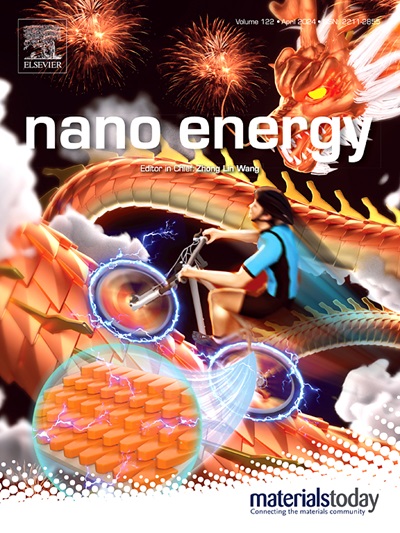Relay catalyst for accelerating lithium polysulfide conversion kinetics and long-life lithium sulfur batteries
IF 16.8
1区 材料科学
Q1 CHEMISTRY, PHYSICAL
引用次数: 0
Abstract
Lithium-sulfur (Li-S) batteries are regarded as promising candidates for next-generation secondary batteries due to their high energy density and cost-effectiveness. However, the sluggish conversion kinetics of lithium polysulfide (LiPSs) intermediates during charge/discharge cycles severely hinder their practical application. Herein, we propose a relay catalysts design strategy to accelerate the sulfur reduction conversion process in Li-S batteries. To validate this approach, we synthesized a faujasite-type molecular sieve (FAU)-Bi2O3 relay catalyst, in which each component is tailored to optimize distinct stages of the catalytic process. FAU, with its abundant microporous structure, effectively captures and channels LiPSs toward the Bi2O3 interface, where catalytic sites promote rapid conversion and enhance reaction kinetics. Furthermore, integrating the FAU-Bi2O3 catalyst onto a commercial separator not only boosts electrochemical performance but also imparts excellent flame retardancy. Li-S batteries with FAU-Bi2O3 achieve a high specific capacity of 846.8 mAh g−1 after 100 cycles, while the pouch cell maintains a capacity retention of 81.4 % after 70 cycles. This work presents a rational catalyst design strategy, offering a new pathway for advancing Li-S battery technology toward practical implementation.

求助全文
约1分钟内获得全文
求助全文
来源期刊

Nano Energy
CHEMISTRY, PHYSICAL-NANOSCIENCE & NANOTECHNOLOGY
CiteScore
30.30
自引率
7.40%
发文量
1207
审稿时长
23 days
期刊介绍:
Nano Energy is a multidisciplinary, rapid-publication forum of original peer-reviewed contributions on the science and engineering of nanomaterials and nanodevices used in all forms of energy harvesting, conversion, storage, utilization and policy. Through its mixture of articles, reviews, communications, research news, and information on key developments, Nano Energy provides a comprehensive coverage of this exciting and dynamic field which joins nanoscience and nanotechnology with energy science. The journal is relevant to all those who are interested in nanomaterials solutions to the energy problem.
Nano Energy publishes original experimental and theoretical research on all aspects of energy-related research which utilizes nanomaterials and nanotechnology. Manuscripts of four types are considered: review articles which inform readers of the latest research and advances in energy science; rapid communications which feature exciting research breakthroughs in the field; full-length articles which report comprehensive research developments; and news and opinions which comment on topical issues or express views on the developments in related fields.
 求助内容:
求助内容: 应助结果提醒方式:
应助结果提醒方式:


